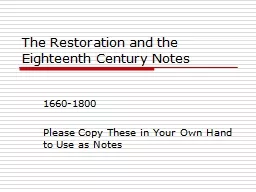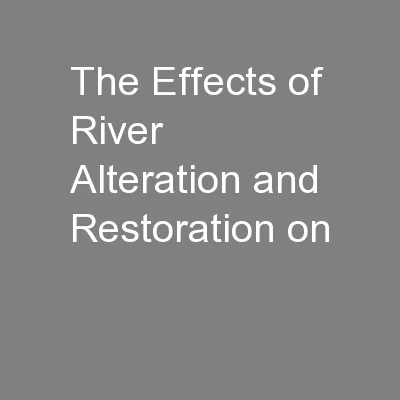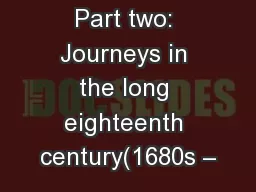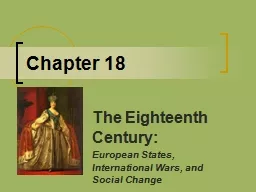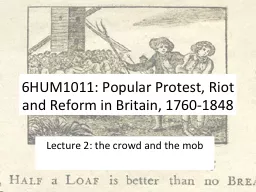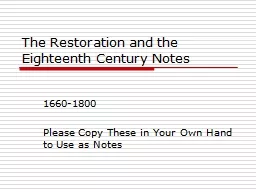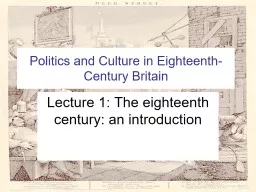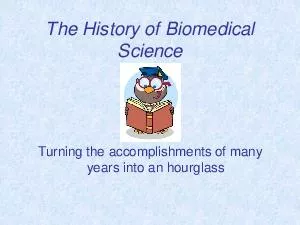PPT-The Restoration and the Eighteenth Century Notes
Author : natalia-silvester | Published Date : 2017-04-16
16601800 Please Copy These in Your Own Hand to Use as Notes The Restoration A Change of Mood Time of flux Growth of cities Increased standards of living A nation
Presentation Embed Code
Download Presentation
Download Presentation The PPT/PDF document "The Restoration and the Eighteenth Centu..." is the property of its rightful owner. Permission is granted to download and print the materials on this website for personal, non-commercial use only, and to display it on your personal computer provided you do not modify the materials and that you retain all copyright notices contained in the materials. By downloading content from our website, you accept the terms of this agreement.
The Restoration and the Eighteenth Century Notes: Transcript
Download Rules Of Document
"The Restoration and the Eighteenth Century Notes"The content belongs to its owner. You may download and print it for personal use, without modification, and keep all copyright notices. By downloading, you agree to these terms.
Related Documents

